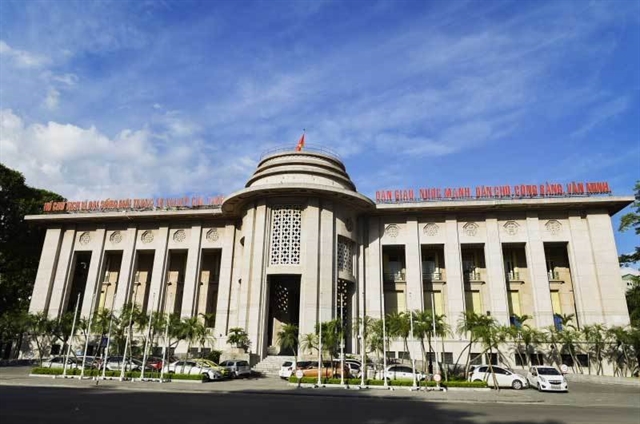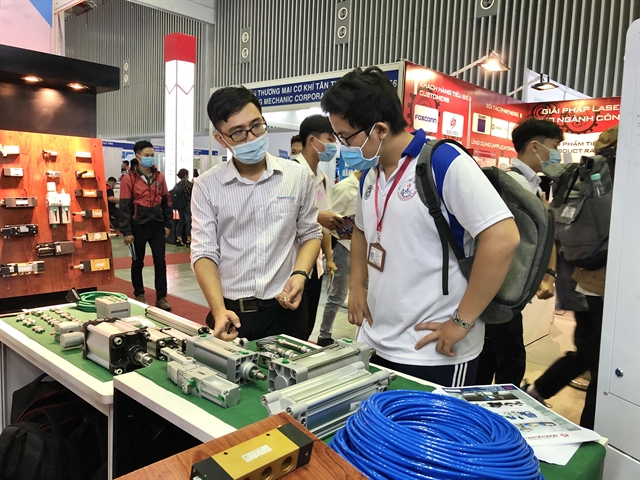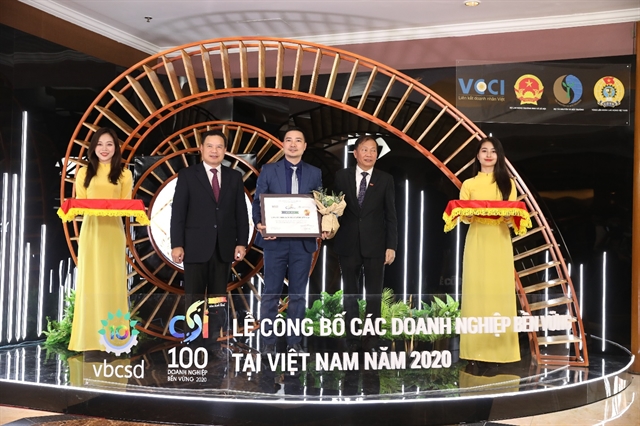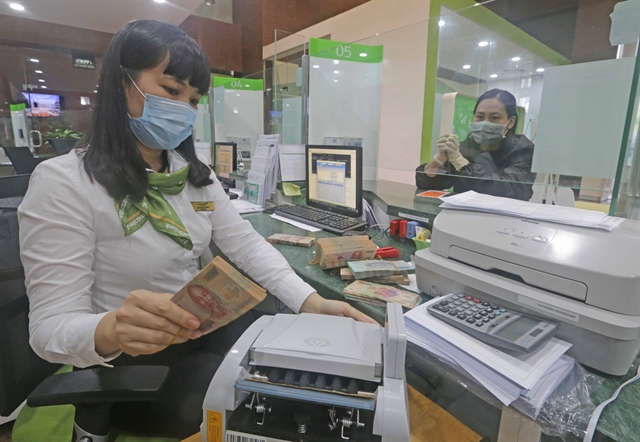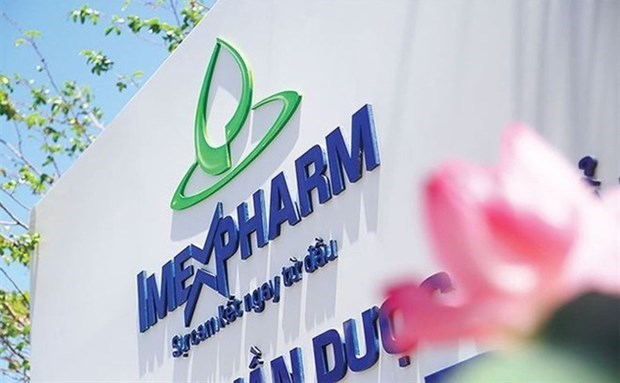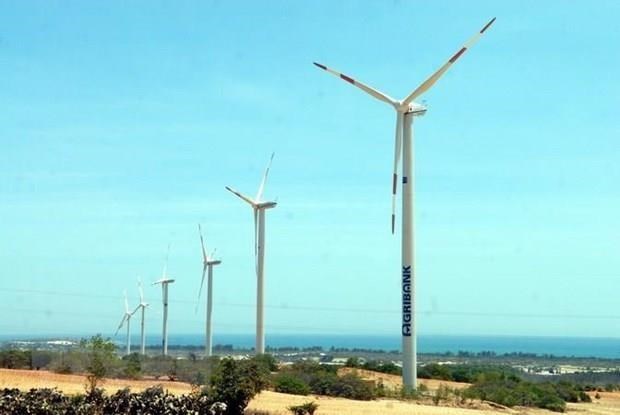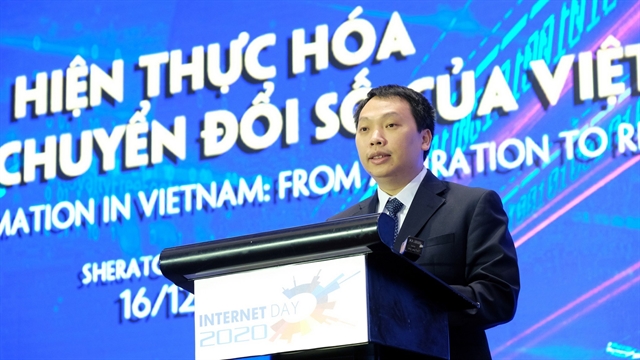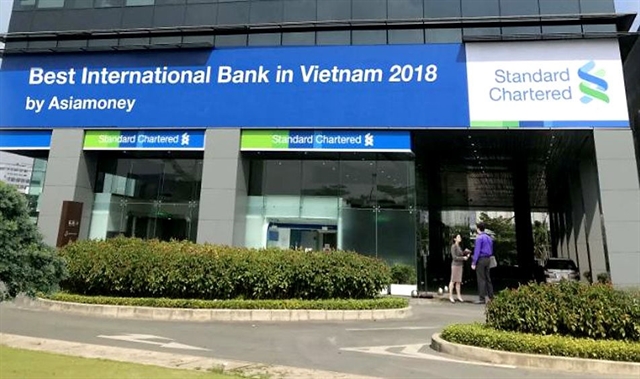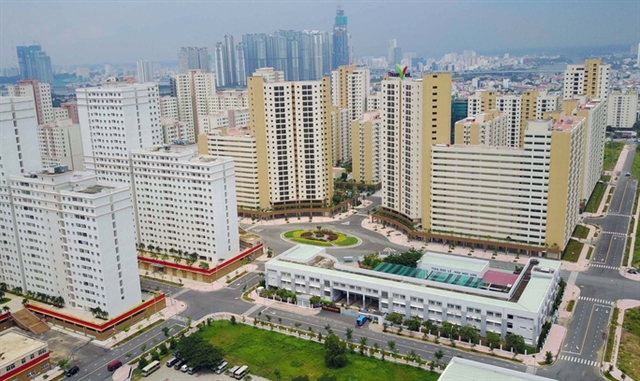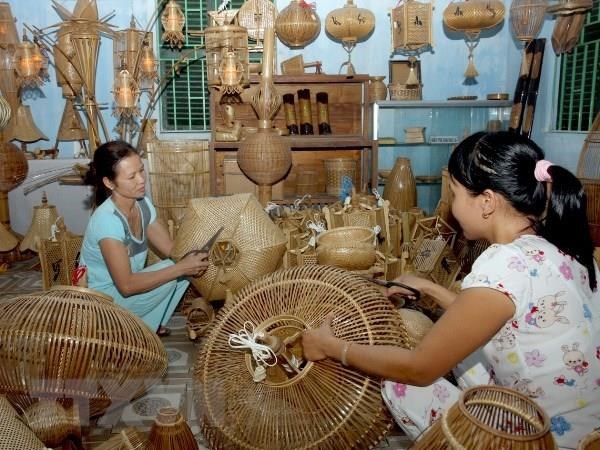
The long-awaited trade deal - the Regional Comprehensive Economic Partnership (RCEP) for ASEAN and partners was signed in November. RCEP has given Việt Nam and other ASEAN countries a perfect opportunity to become a centre of investment attraction. Vietnamese exporters have been preparing for the deal for years. But like other deals, RCEP has its own challenges. Ms. Nguyễn Thị Trà My, vice chairwoman and CEO of The PAN Group – a Vietnamese agriculture and food company talks about the issue.
In your opinion, what impacts does this agreement have on the development of agriculture and the export - import of Vietnamese agricultural products in general and The PAN Group in particular?
It should be recognised that the Regional Comprehensive Economic Partnership (RCEP) is not quite a new free trade agreement (FTA) but raises the importance of ASEAN’s central position, including Việt Nam. Without RCEP, Việt Nam also had five FTAs related to these 14 countries. However, Việt Nam’s exports thanks to RCEP could easily meet the origin conditions to enjoy preferential tax rates thank to RCEP. Meanwhile, China has not yet joined in the large bilateral and multilateral FTAs of which Việt Nam is a partner.
According to details about the RCEP that have been published, it is an agreement in which 65 per cent of goods traded in the region will have tariffs and quotas eliminated. Meanwhile, other tariffs and restrictions will be liberalised over the next 20 years, covering more than 90 per cent of intra-bloc trade (though some exceptions remain). In particular, the RCEP establishes a common rule of origin framework, allowing exporters in RCEP economies to use inputs sourced from other members to qualify for preferential access when trading in the bloc.
Therefore, on the one hand, RCEP opens up a large market for Vietnamese agricultural products with tax incentives and quotas. At the same time, customs procedures are simplified, making the goods flow faster when exporting to the bloc.
On the other hand, in addition to the advantages, the RCEP could cause competitive pressures on Việt Nam’s agricultural products. The quality and value-added content of most of our exported products are at a rather modest level. Meanwhile, many counterparts in the RCEP have similar product structures to Việt Nam, but have even stronger competitiveness (e.g. Thailand). This will put competition pressure on Vietnamese goods to compete with imported products from RCEP when the agreement is implemented.

The PAN Group has chosen from the beginning a strategy to invest in deep processing and exports of Vietnamese agricultural and food products with high added value. With three key markets having very high standards, namely the US, EU and Japan, we are proud that our products could compete fairly with regional competitors in other countries both in local and foreign markets. Challenges and pressure are undeniable, but I believe The PAN Group will benefit more from RCEP thanks to its thorough strategy.
What other difficulties and challenges are brought by the CPTPP or EVFTA when they come into effect? And how do you overcome these challenges?
The two major recent FTAs including CPTPP and EVFTA are agreements that members are mostly countries which do not have direct competition with Việt Nam in terms of kinds of exported goods. However, in RCEP, in addition to four countries of Japan, South Korea, Australia, New Zealand and some small countries in ASEAN, the rest of the countries have similarities and directly compete with Việt Nam in exporting many large products, especially agricultural products. For example, exported rice from Thailand, Cambodia; seafood exports from Thailand, Indonesia. In addition, it must take into account the huge production resources of China.
The biggest challenge is that there are many partners in the RCEP region with similar product structures to Việt Nam, and have even stronger competitiveness than Việt Nam.
In addition, commitments in RCEP will reduce tariffs of many countries in the bloc on Chinese commodities. Vietnamese enterprises will be forced to compete domestically with a series of new products with cheaper prices from China. This will force businesses to lower prices and even reduce profits to compete with imported goods from a bigger chain which also has a longer history. Although limited, there are a number of industries that will be affected by this tariff reduction.
Japan and China join the free trade agreement between the two sides for the first time. By reducing tariffs and competition for Chinese goods in Japan, goods originating from China will compete directly with Vietnamese goods exported to Japan.
To overcome the above difficulties, as a business with many export products, we will study and assess all the policies related to RCEP as well as its implementation progress. It is expected that the RCEP will take two years at the earliest before it can take effect after it is approved by at least 6 ASEAN countries and partners. We will continue to improve our intra-regional competitiveness through three aspects including responsive standards, prices and consumer tastes, applicable to each specific market. In particular, the issue of importing machinery and input materials from RCEP countries will also be carefully considered to make good use of the opportunities brought by this agreement.
What orientations does The PAN Group have to respond when the agreement is approved?
First of all, it should be emphasised that The PAN Group is currently exporting most of its goods to demanding markets such as the US, EU and Japan. Nearly 90 per cent of The PAN Group’s export turnover of US$200 million comes from the three major markets, of which Japan, a member of the RCEP, accounts for a significant proportion.
We have diversified our export markets to many countries that are members of these agreements since 2019 to prepare for the FTAs expected to be approved, namely CPTPP, EVFTA and RCEP. From the beginning of 2020, in the new normal context caused by the COVID-19 pandemic, this strategy has been further strengthened. As for RCEP members, in addition to Japan, which is a key traditional market, we recently have successfully approached and exported many products such as shrimp to Australia, South Korea; rice to Australia; dried seeds and fruit to China; coffee to South Korea; breeds to Laos and Cambodia.
The PAN Group products have met the highest standards of demanding markets. Therefore, penetrating the markets in RCEP is only a matter of taste and price. For each market, we are evaluating and thoroughly understanding these two issues preparing exports to the market.
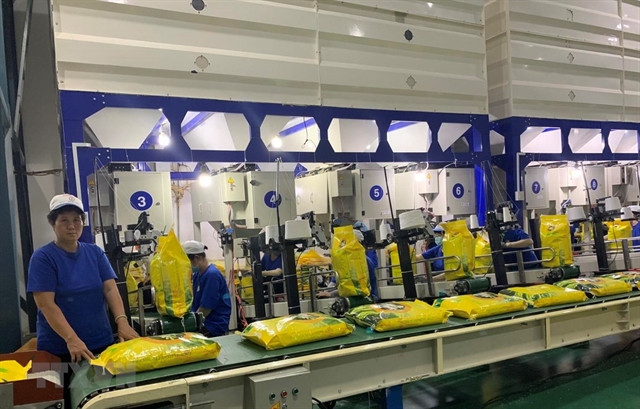
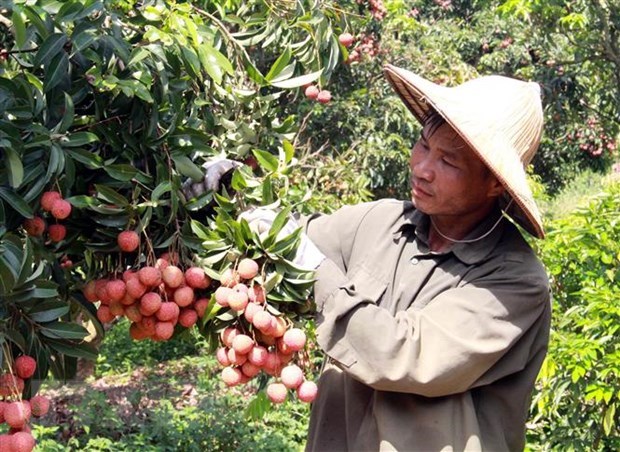


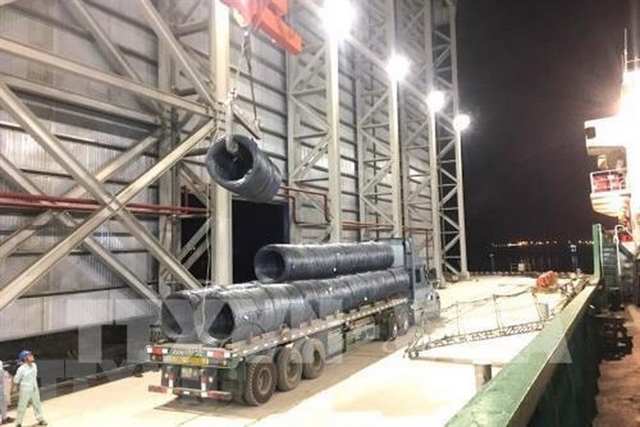
.jpg)
